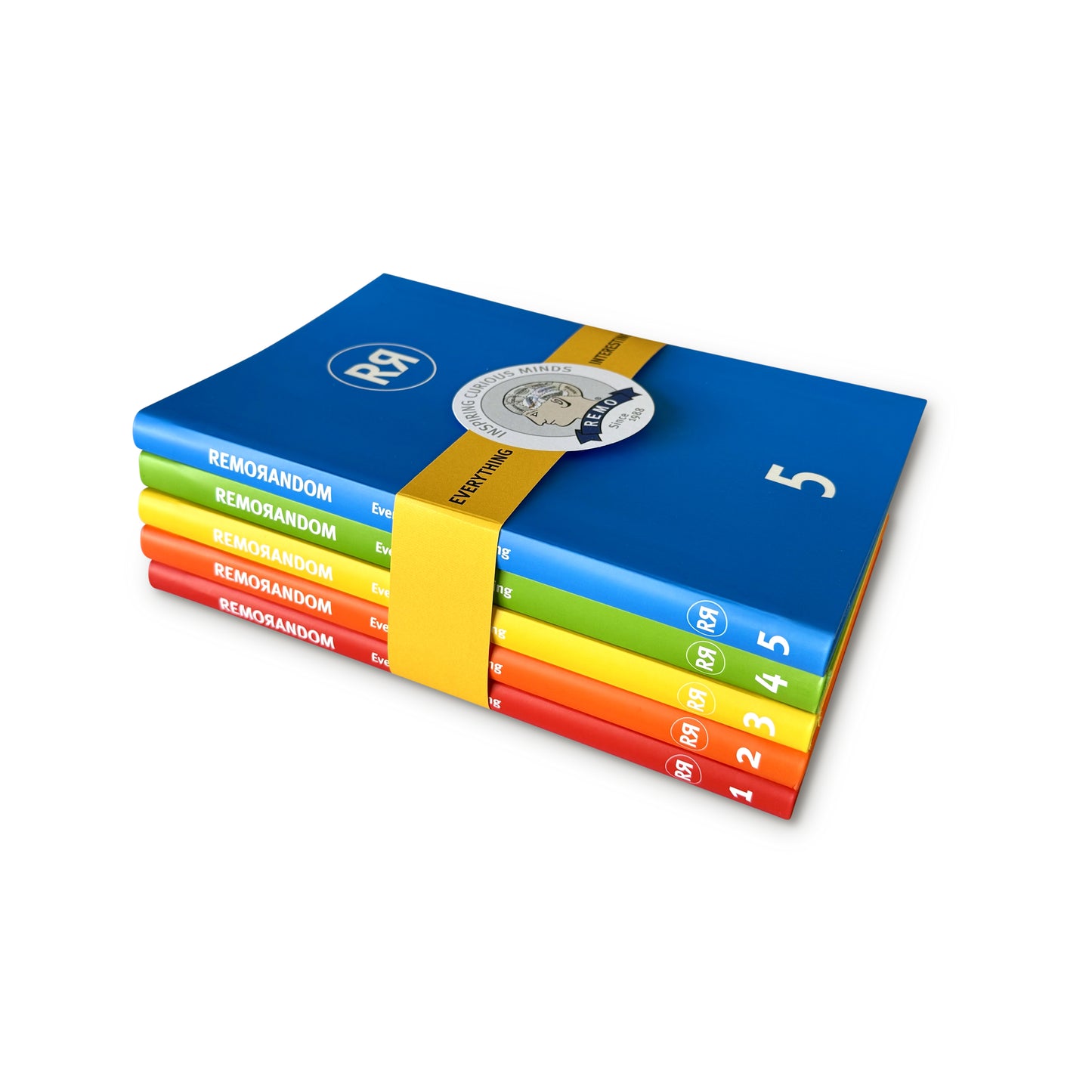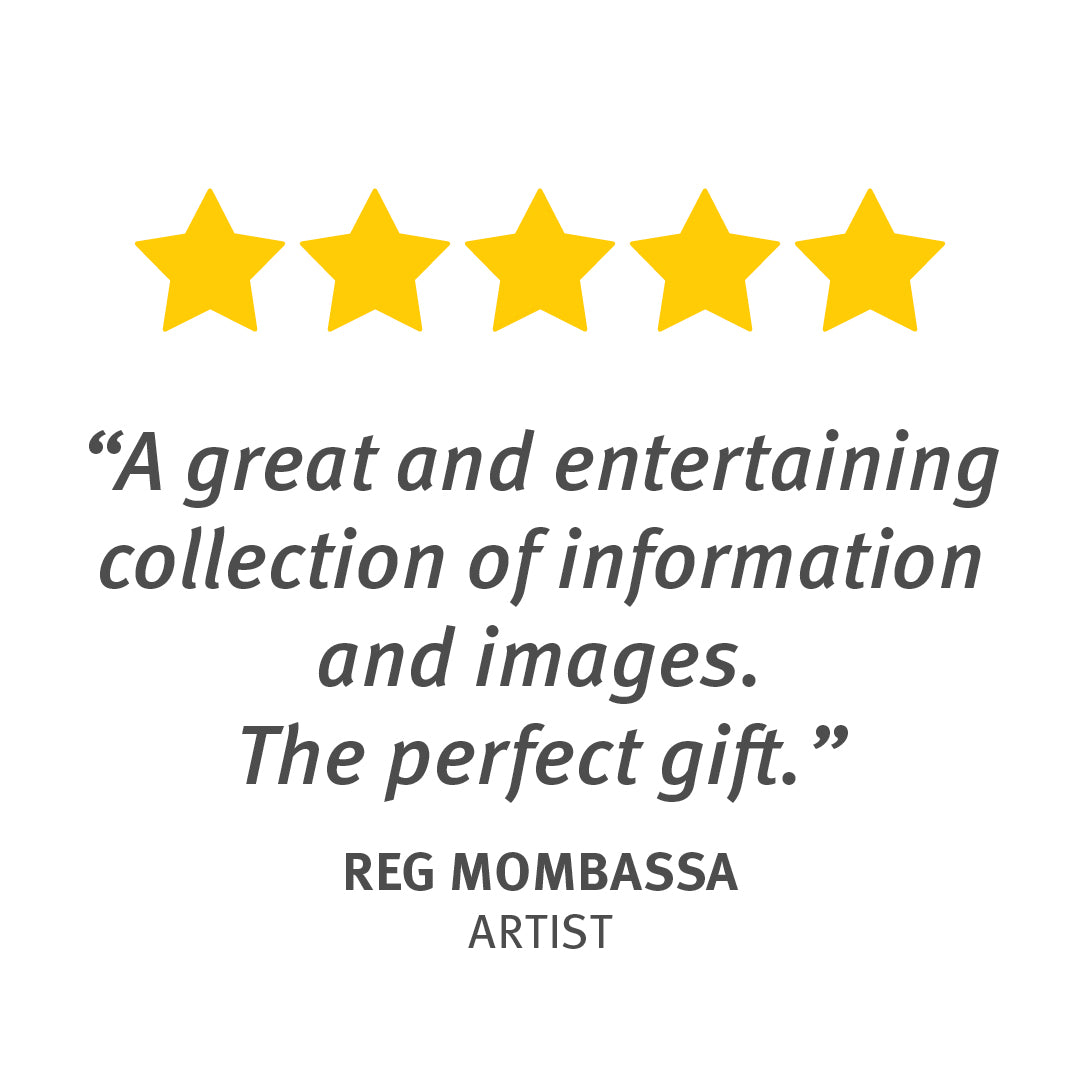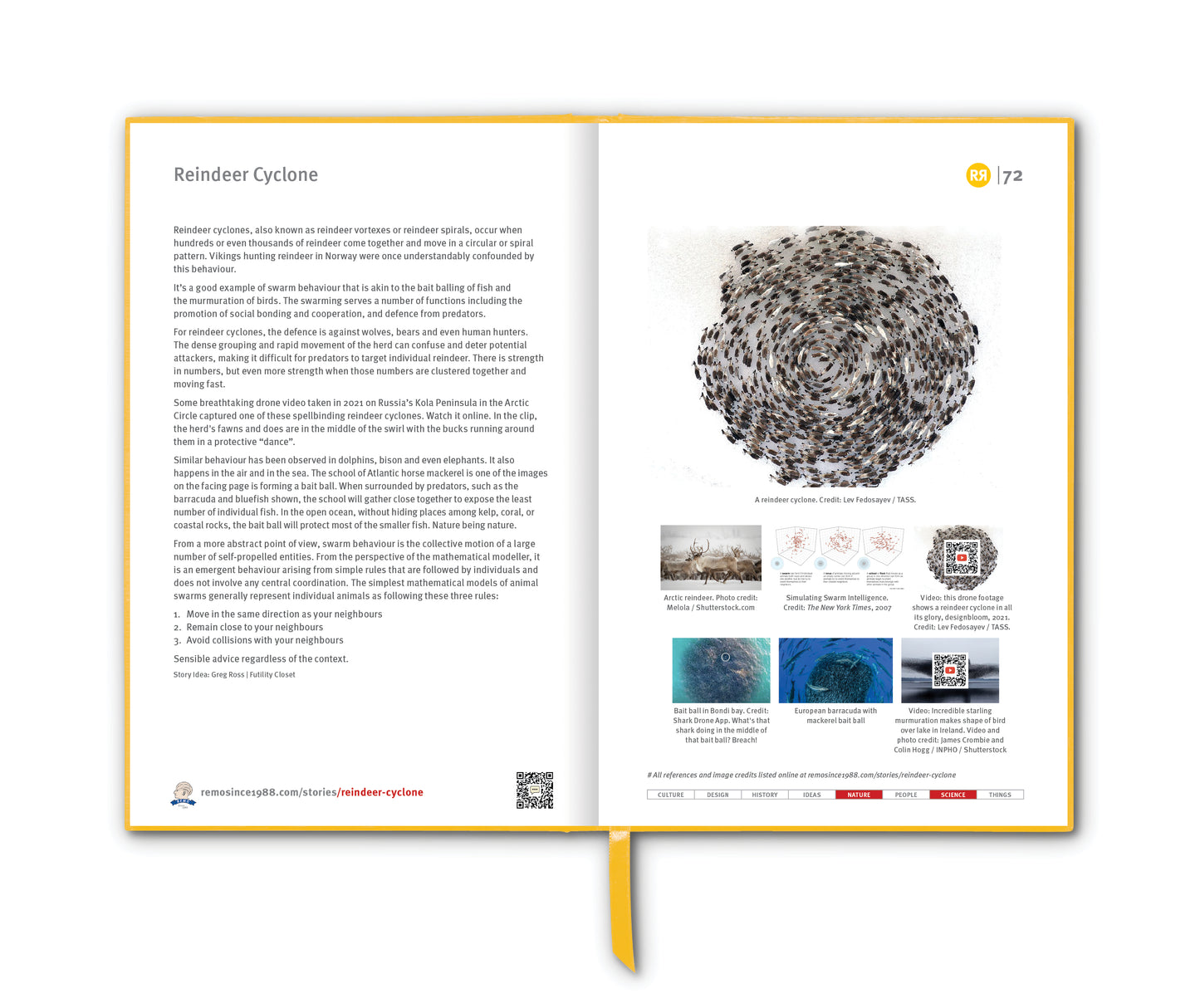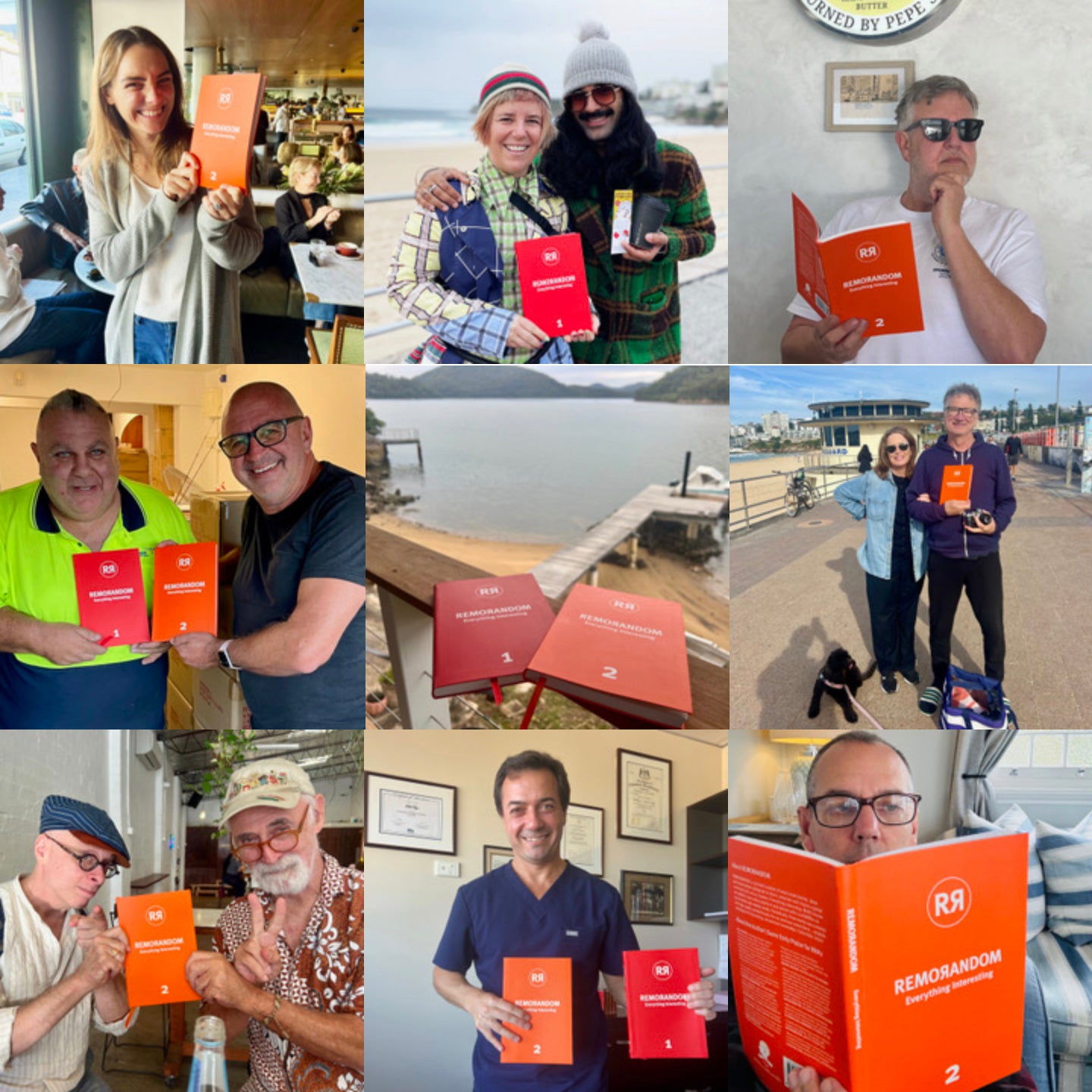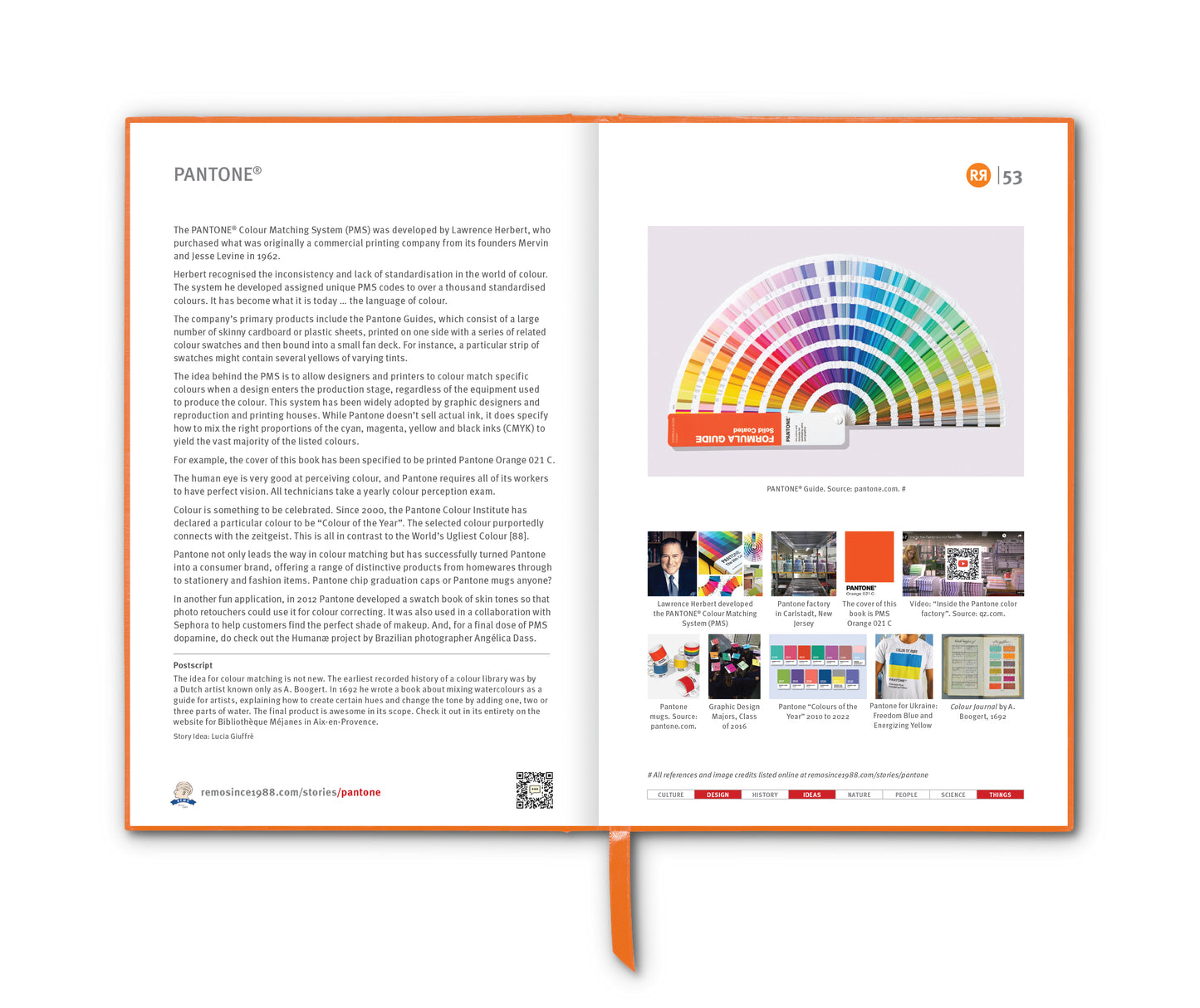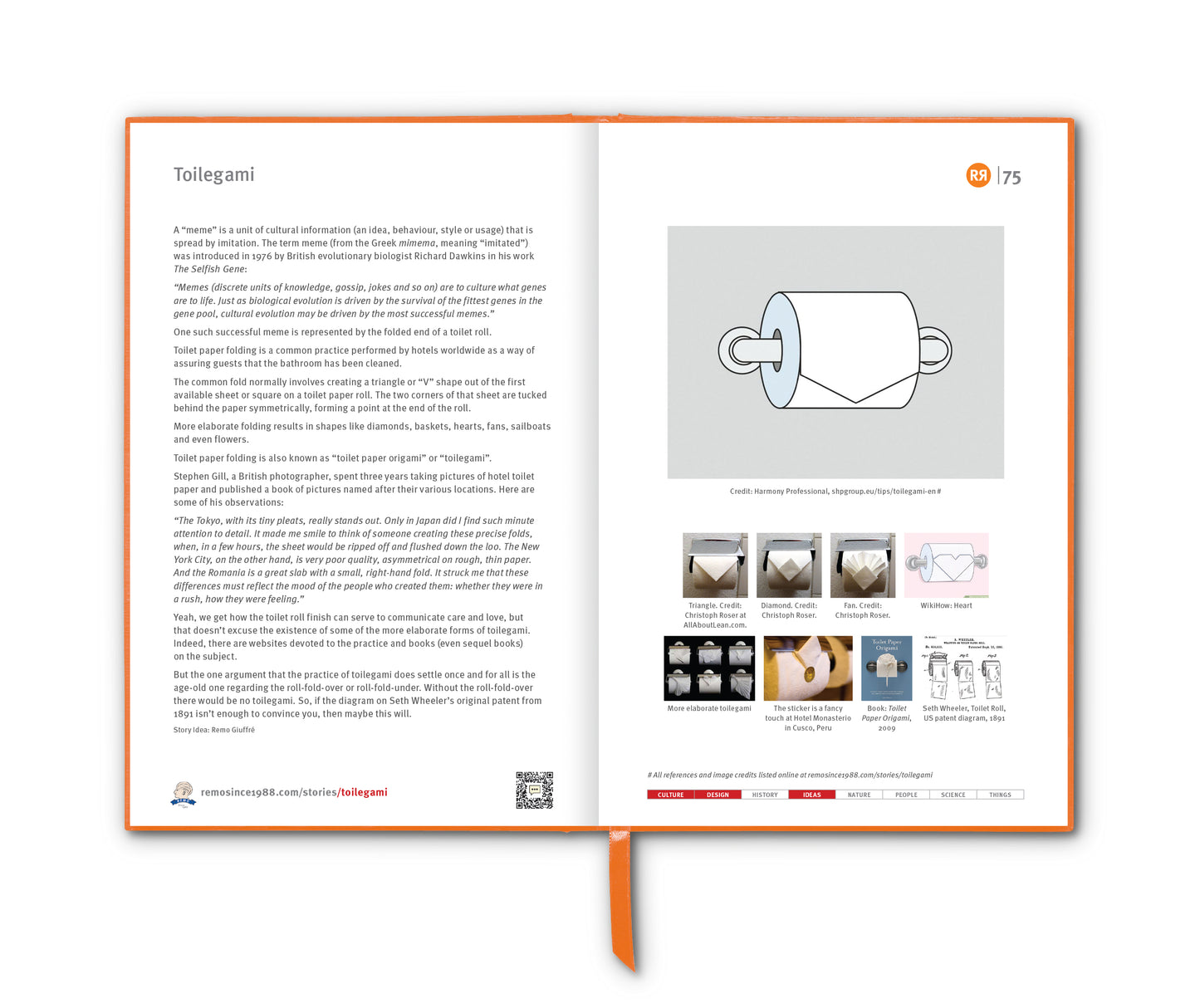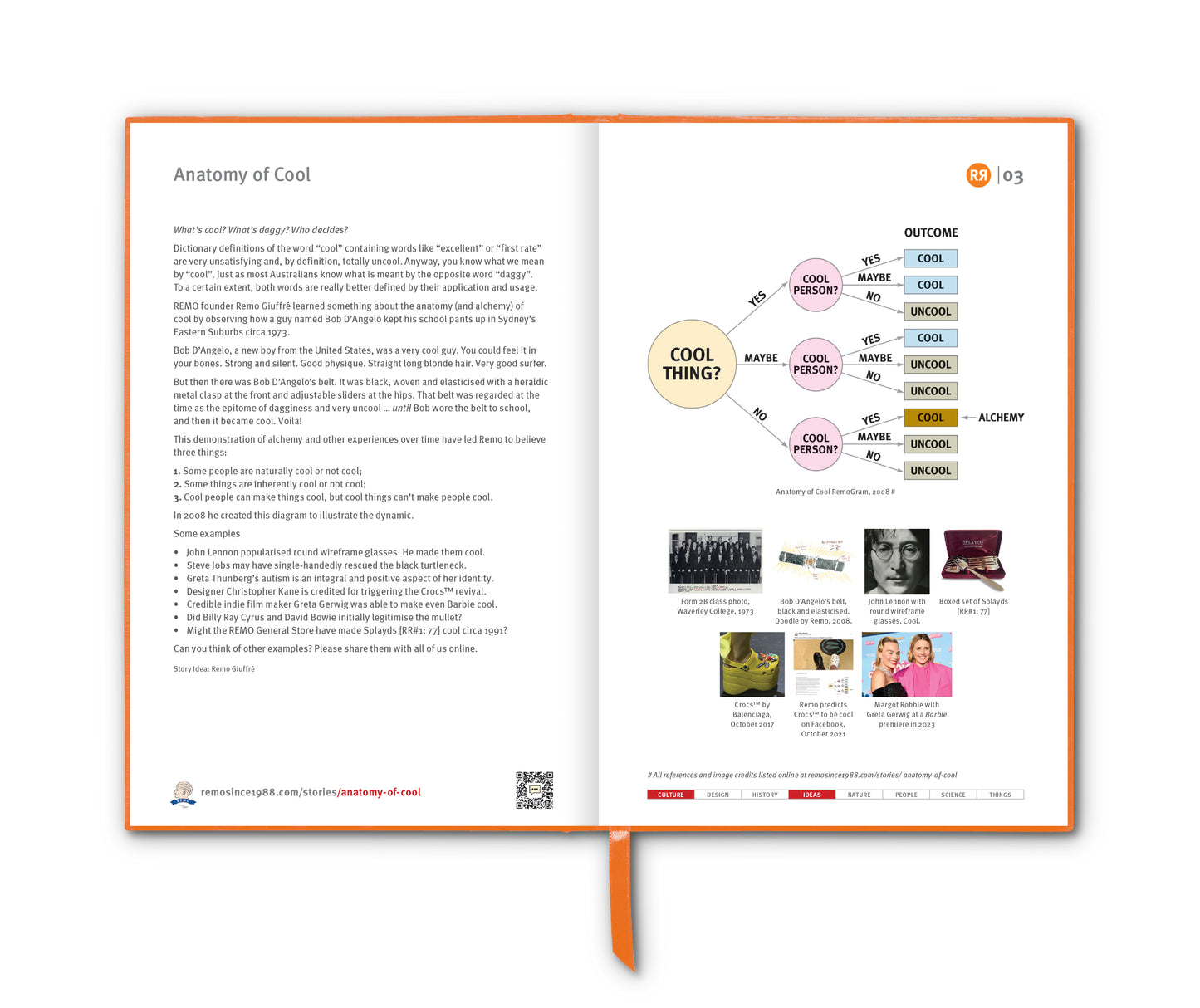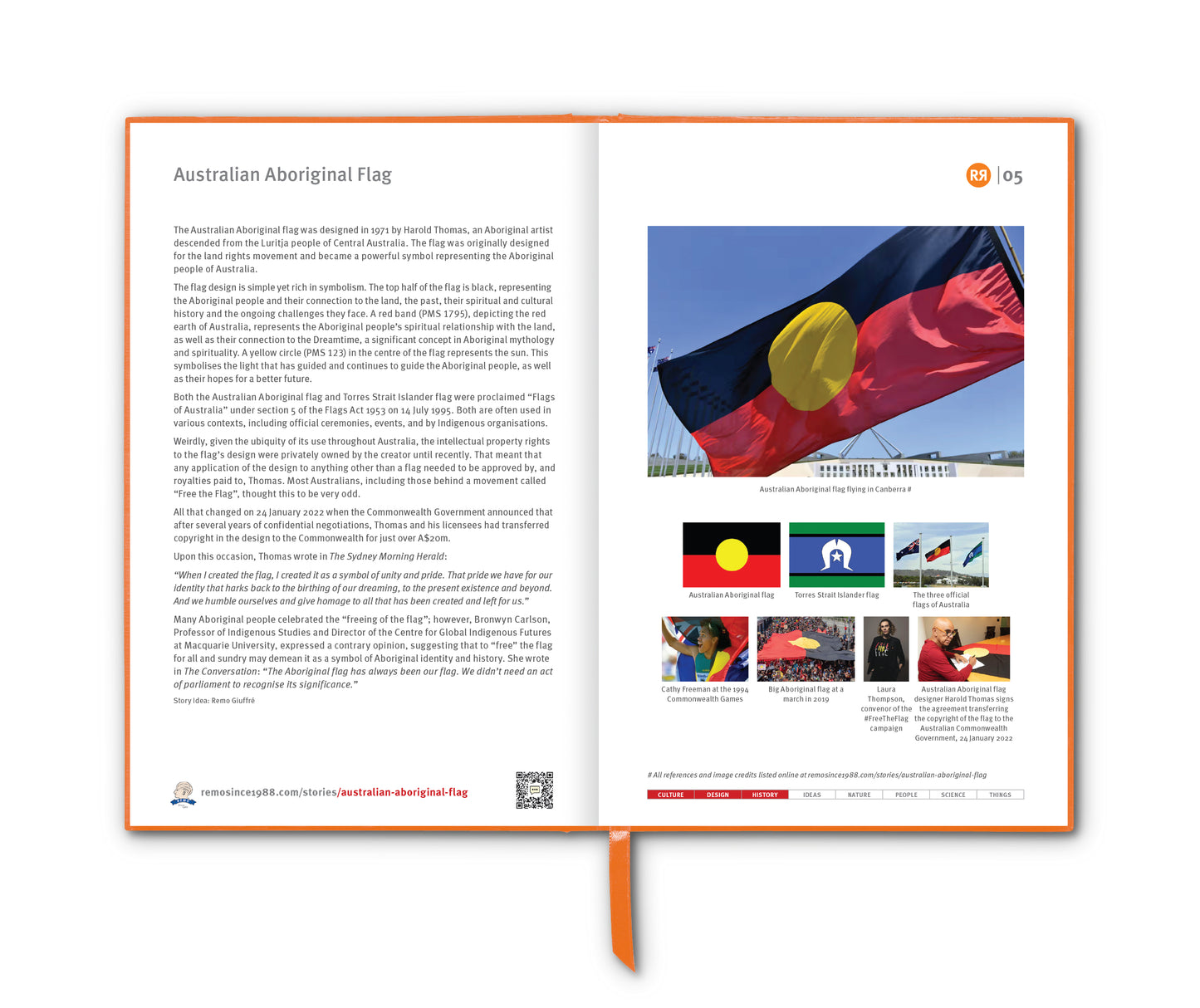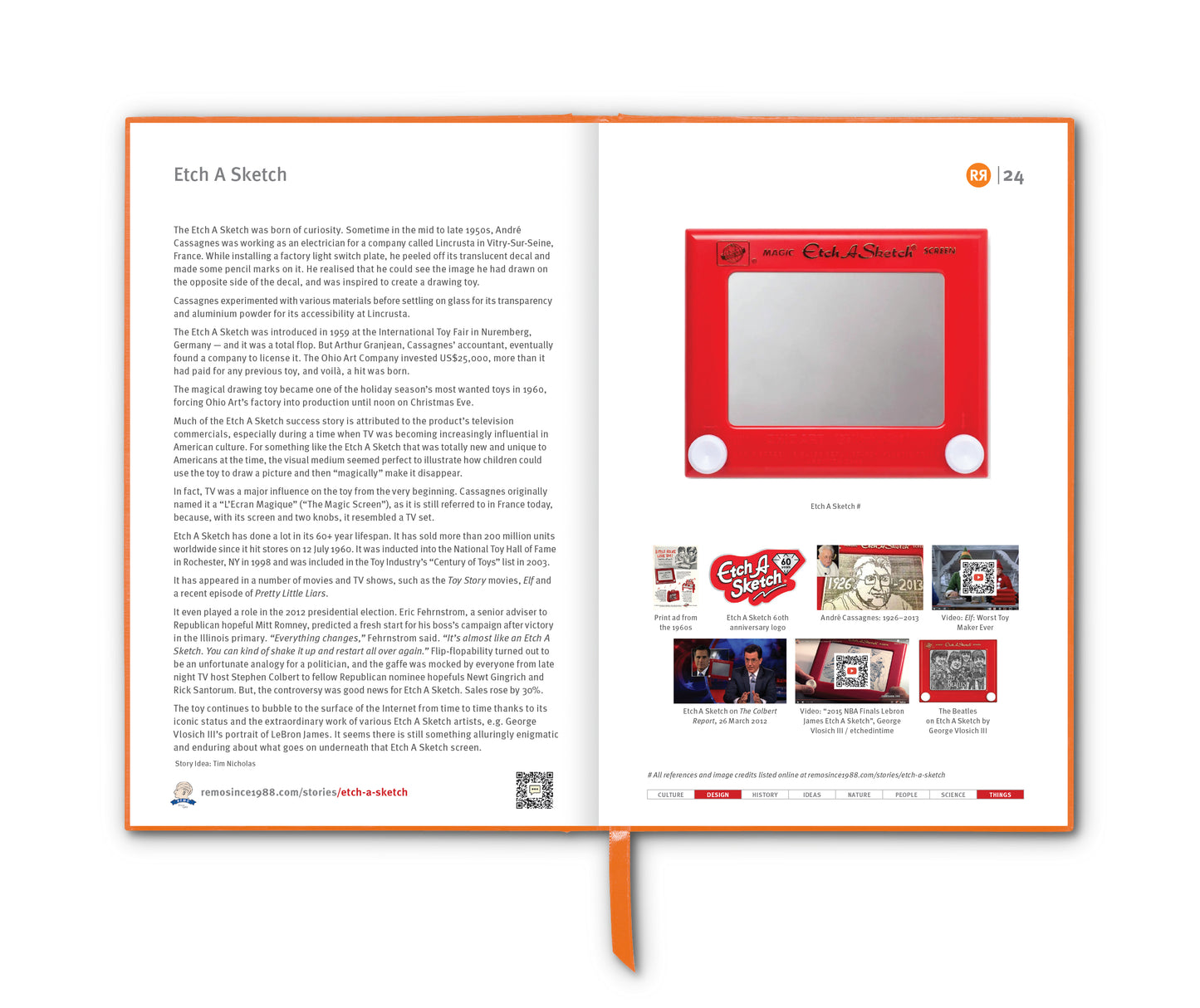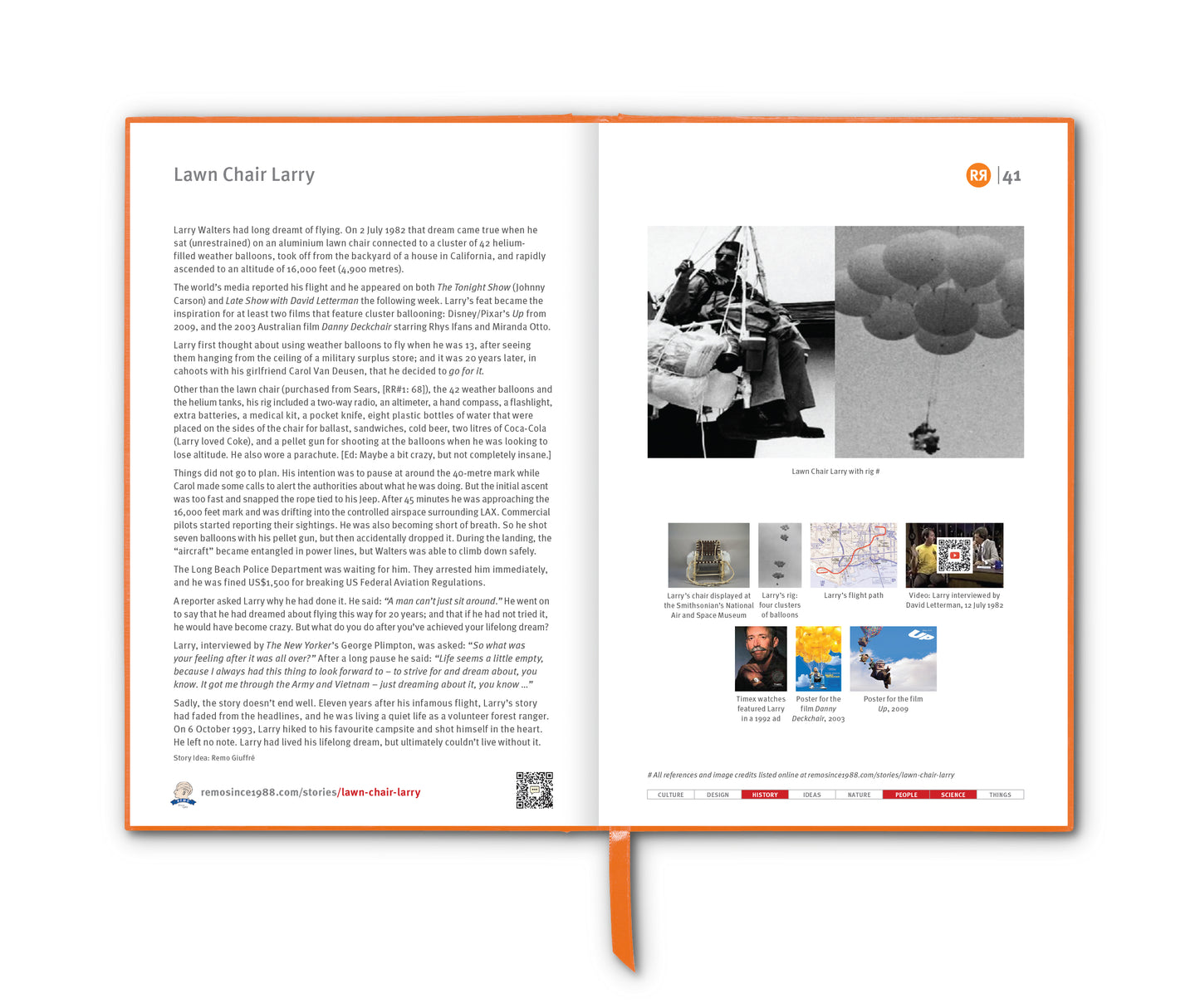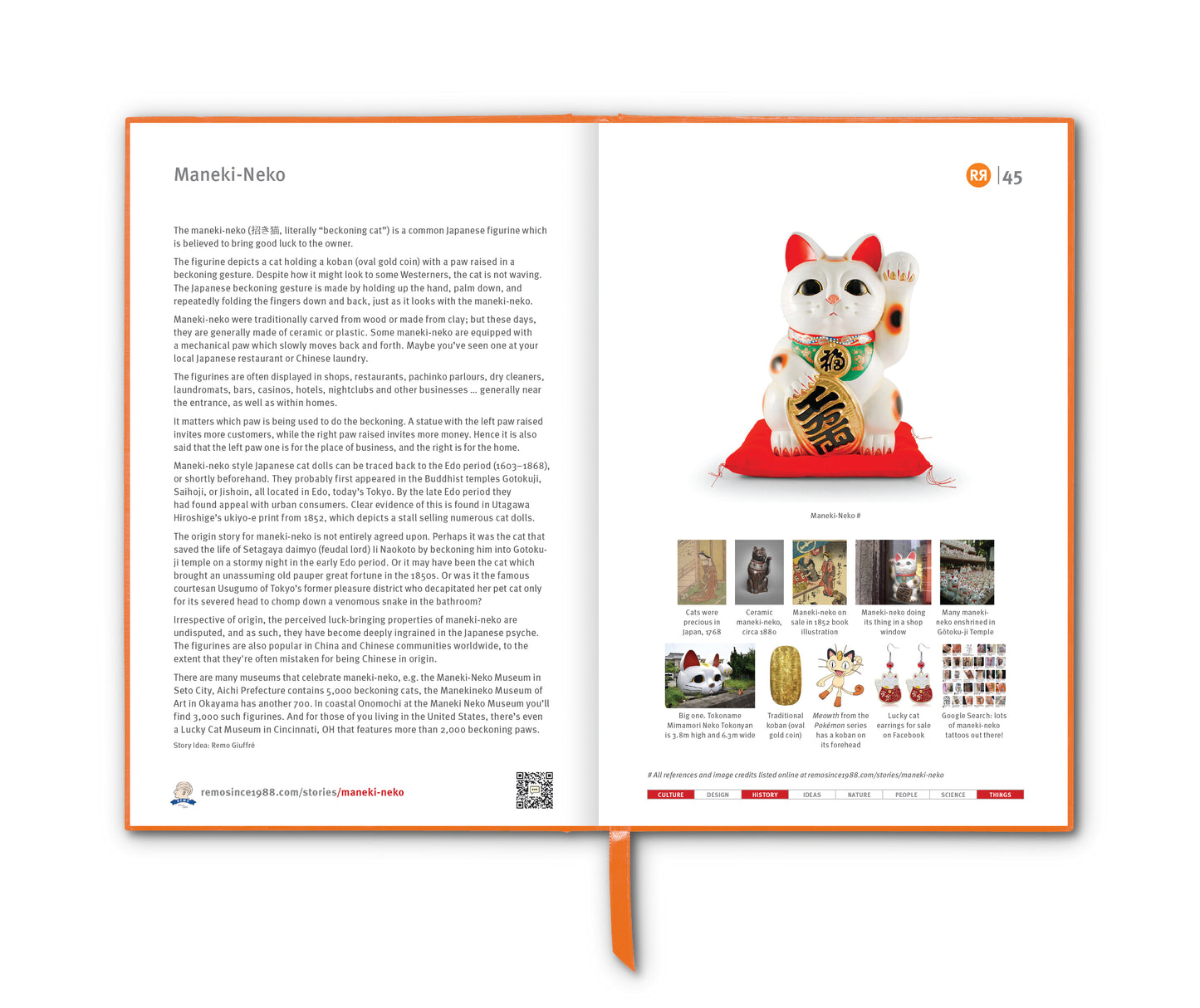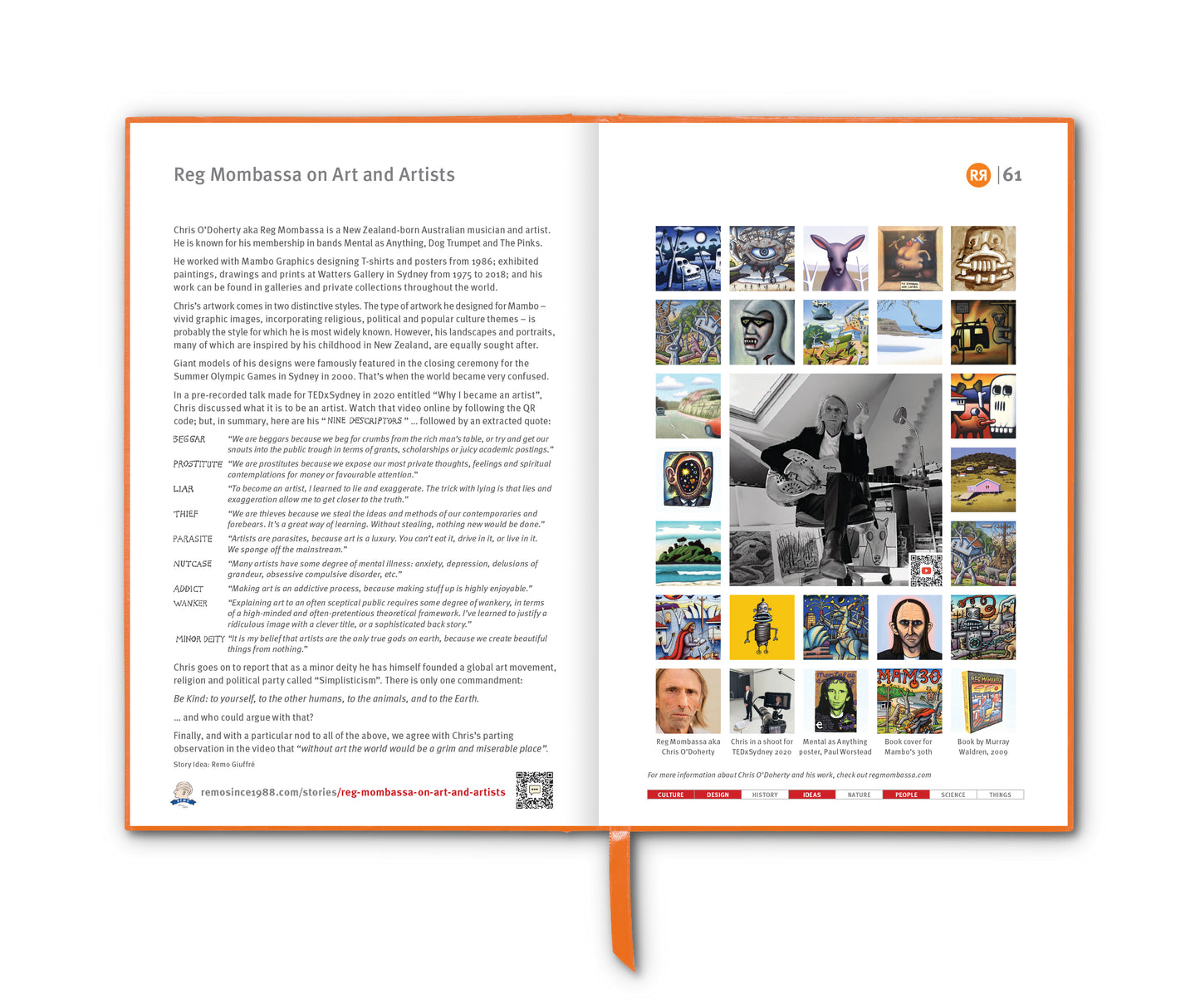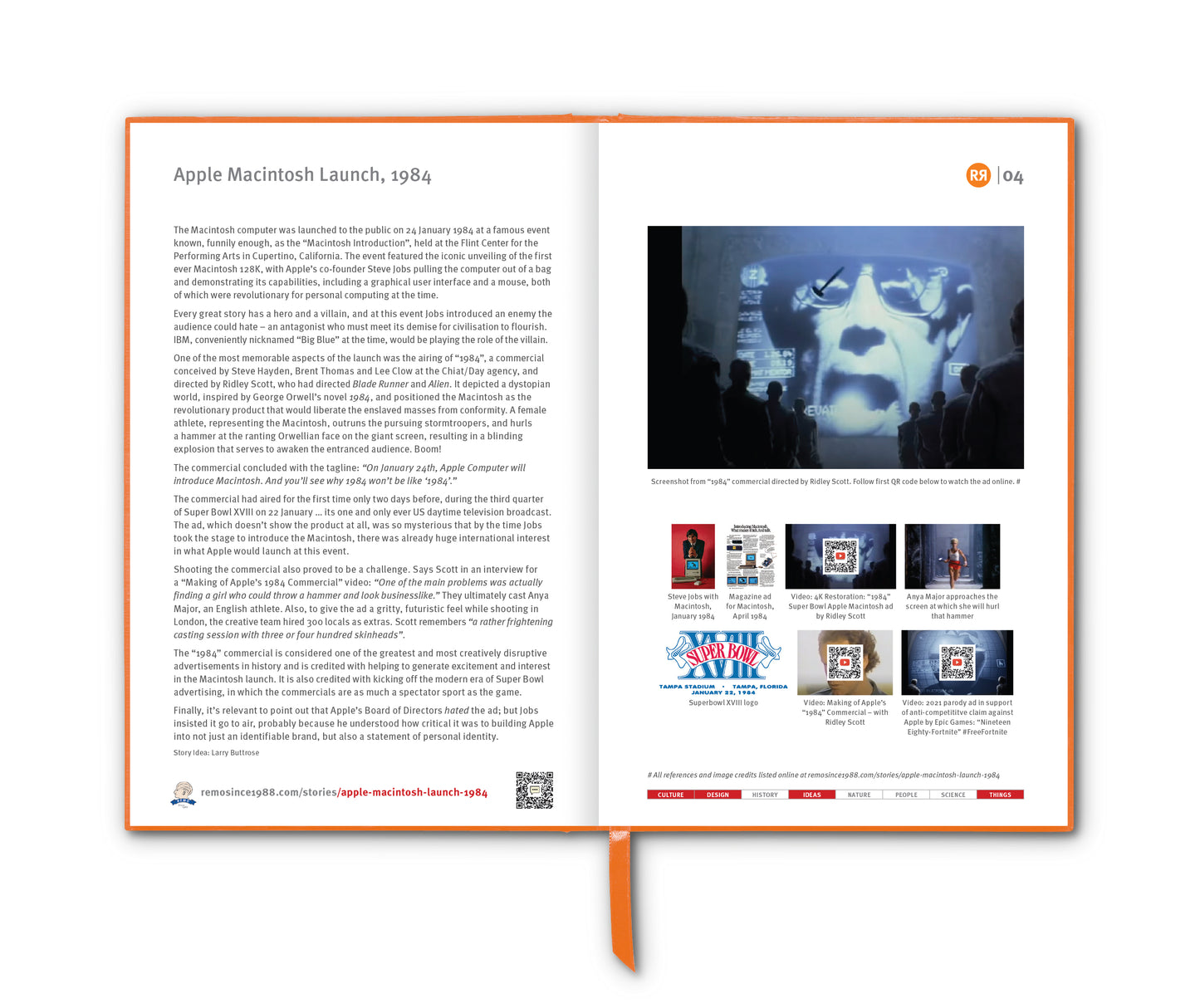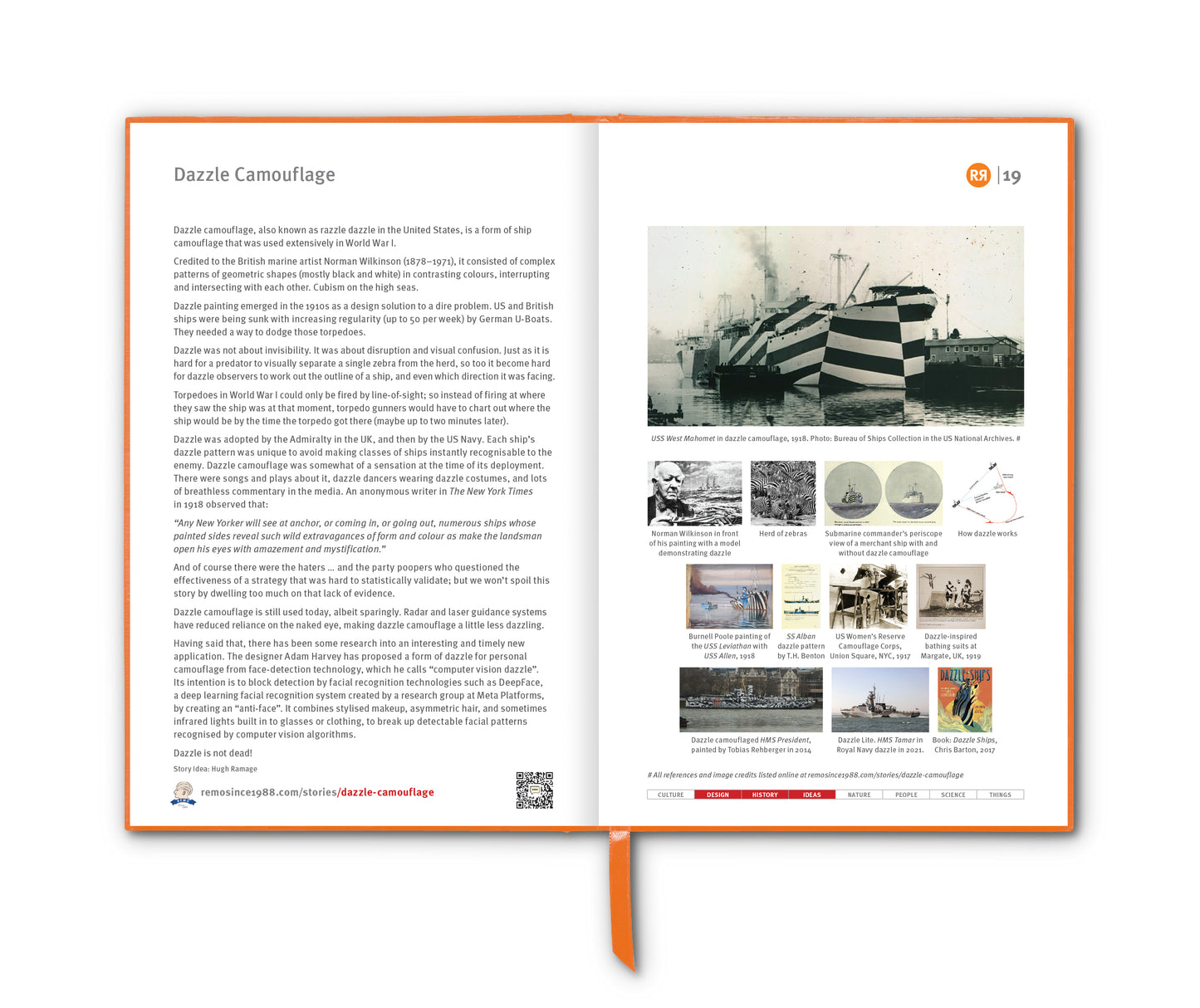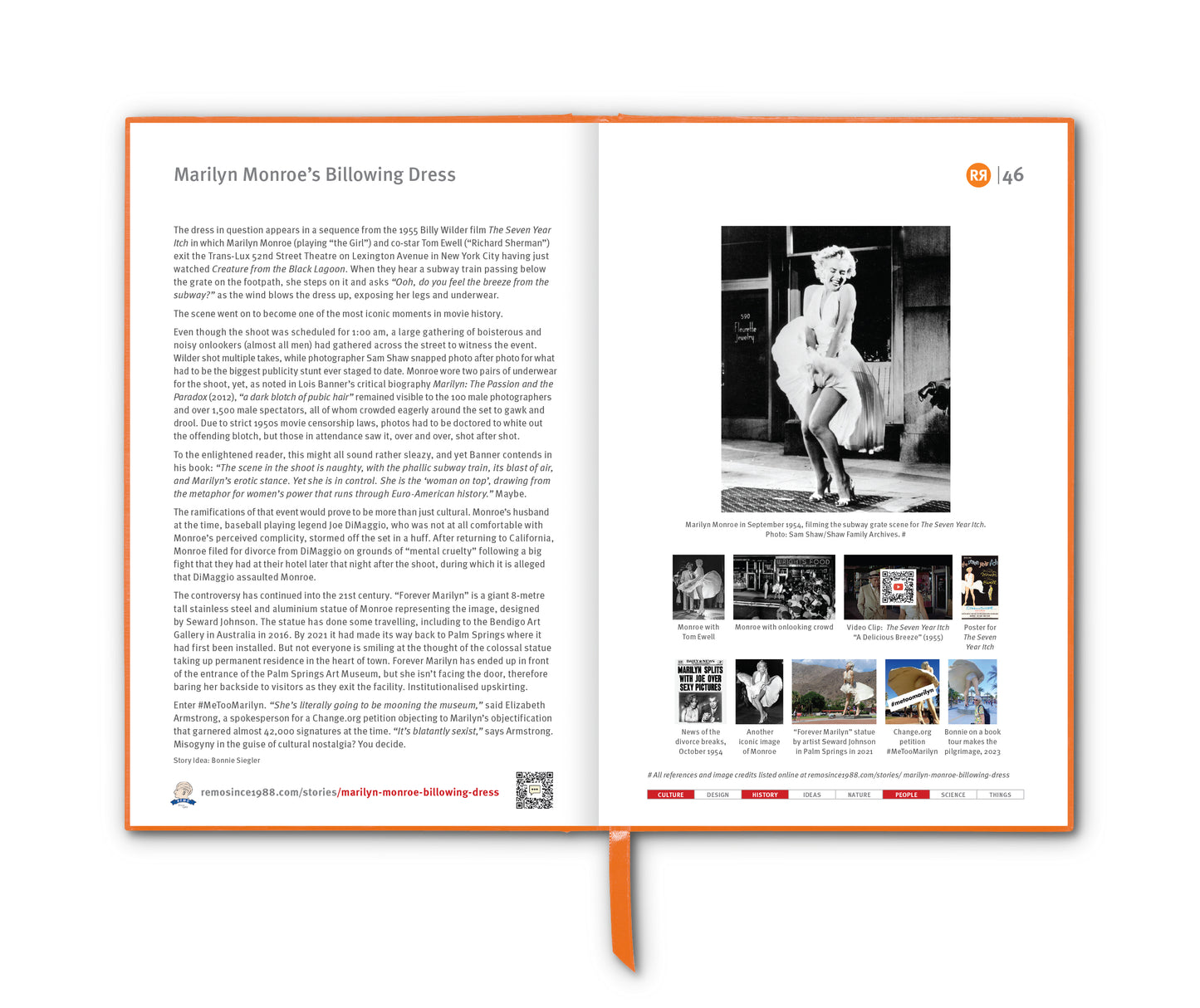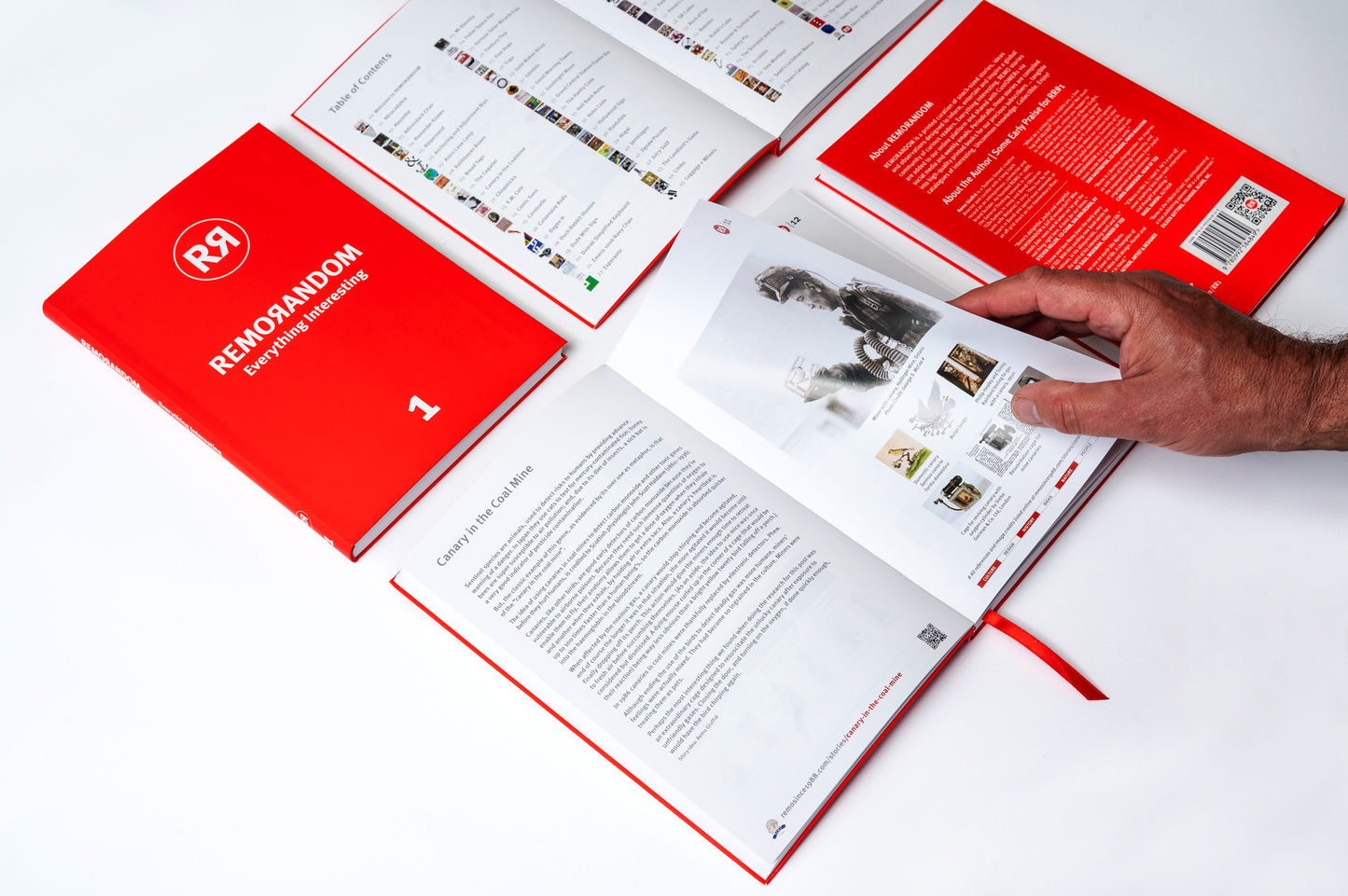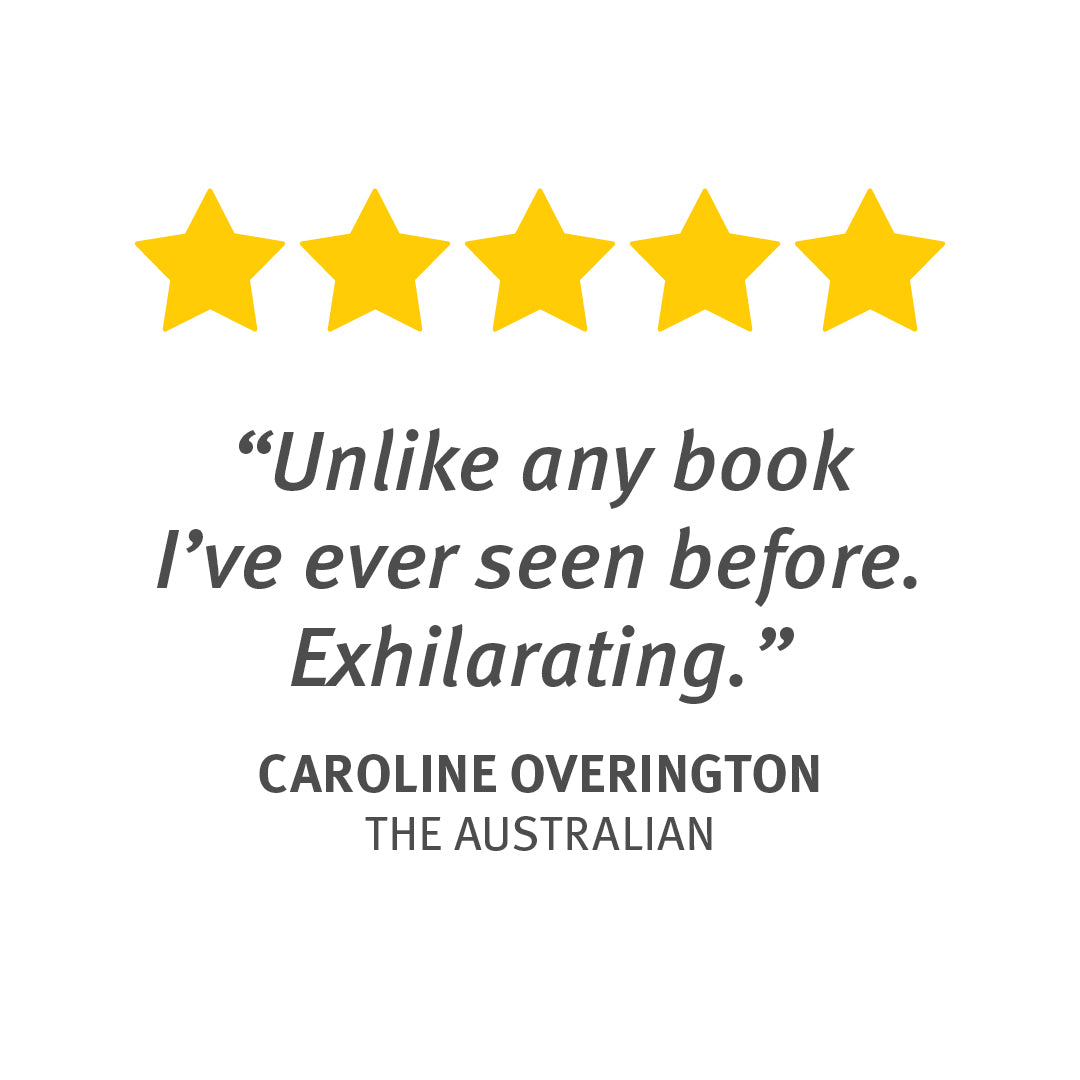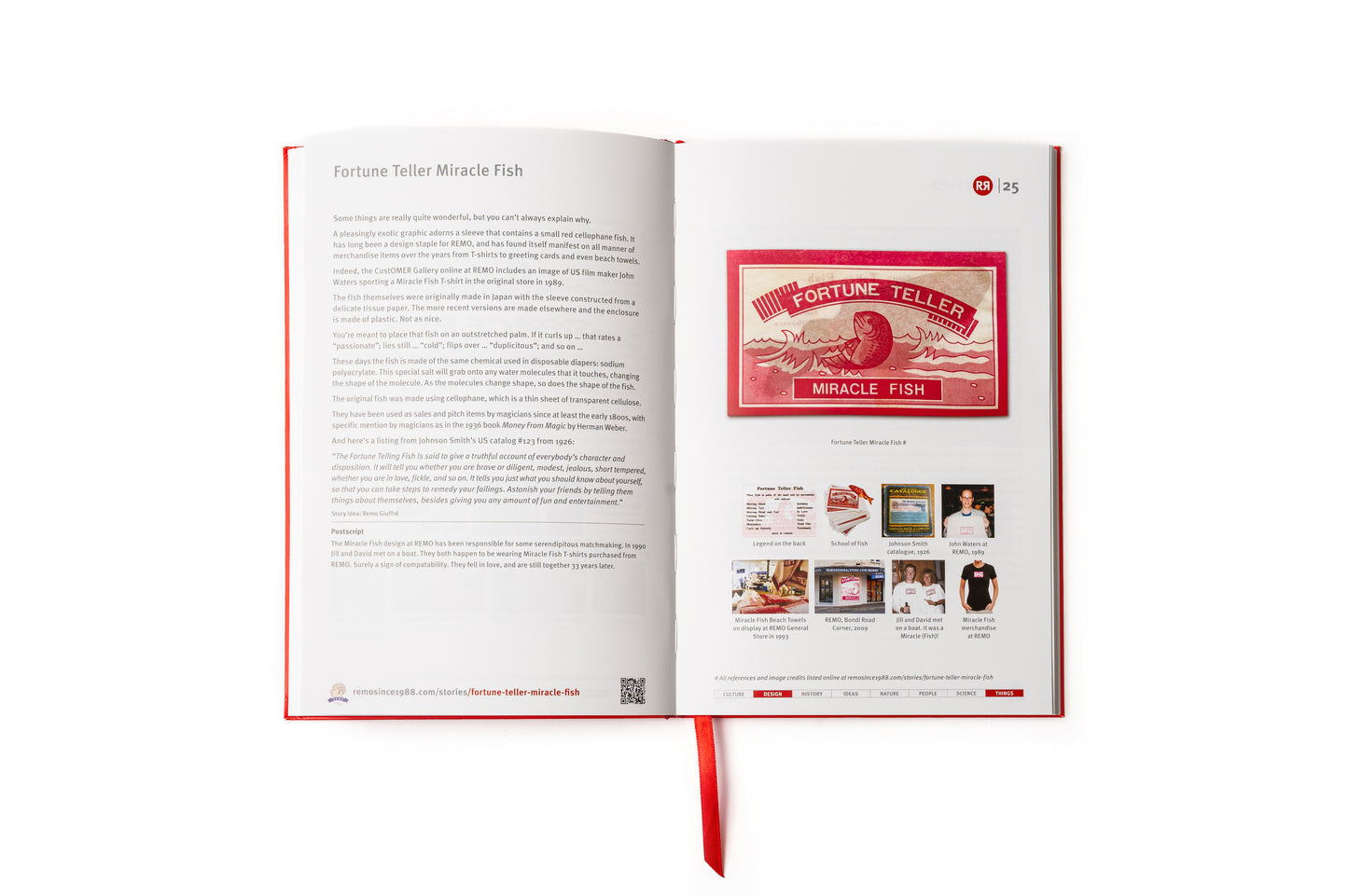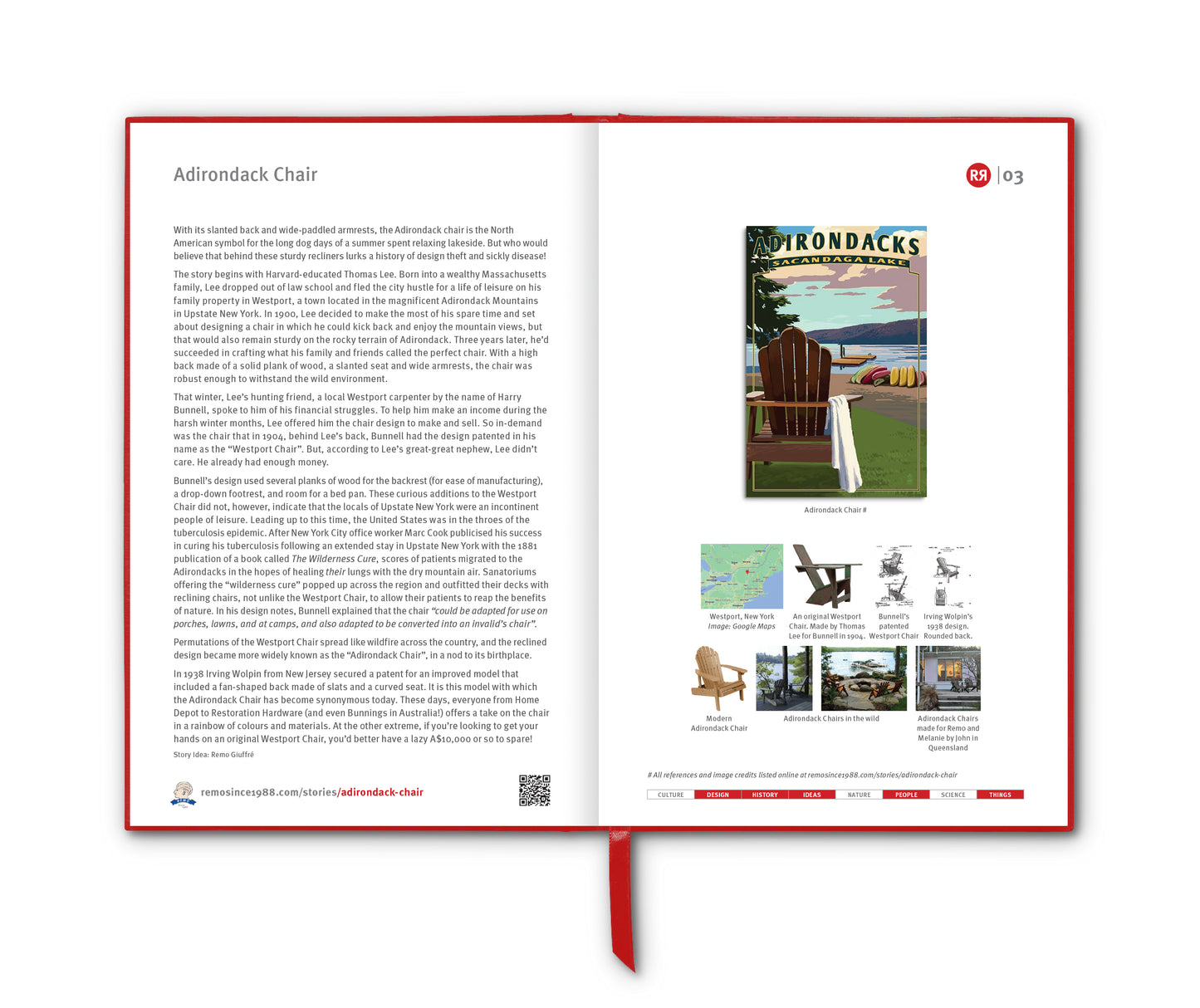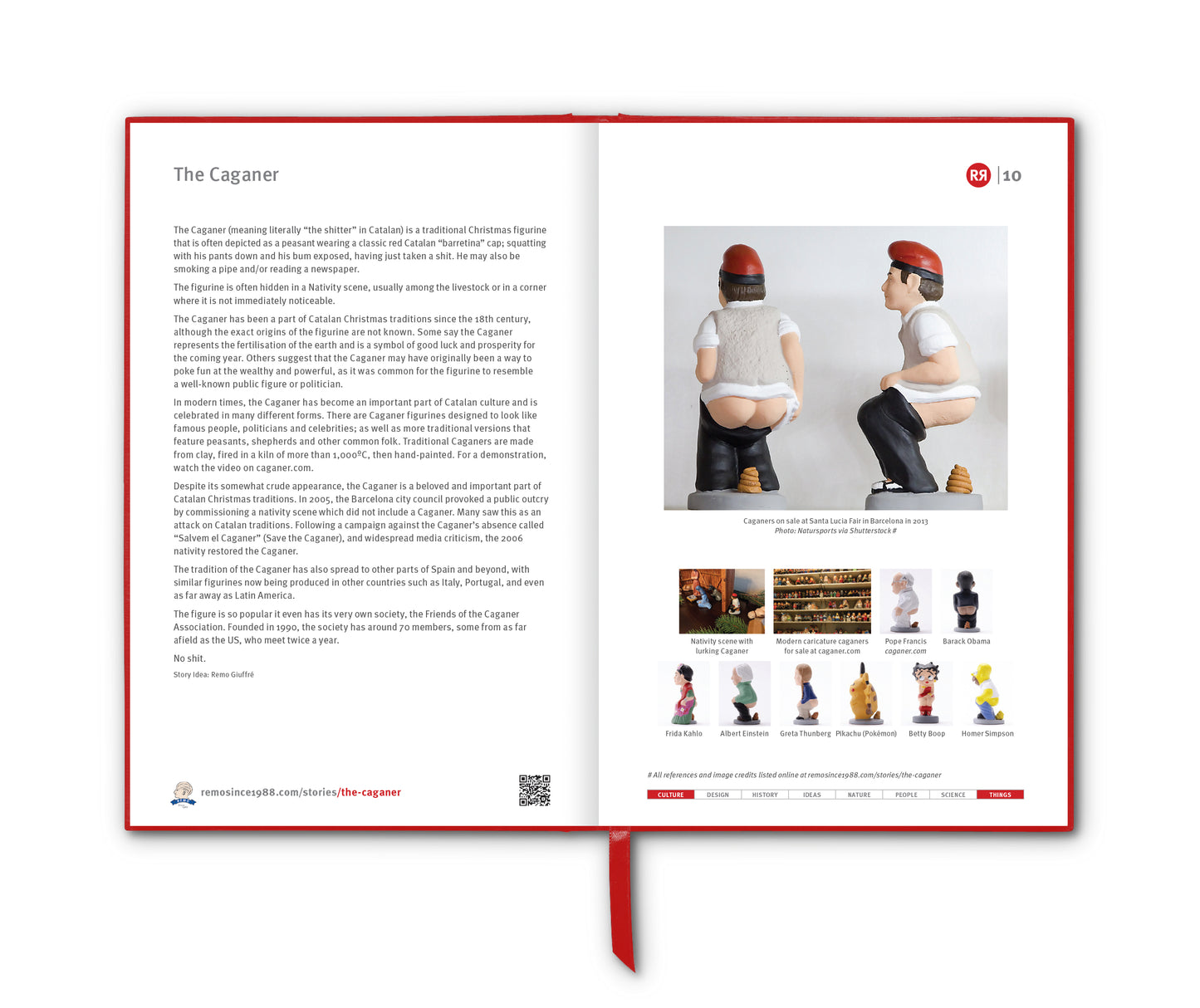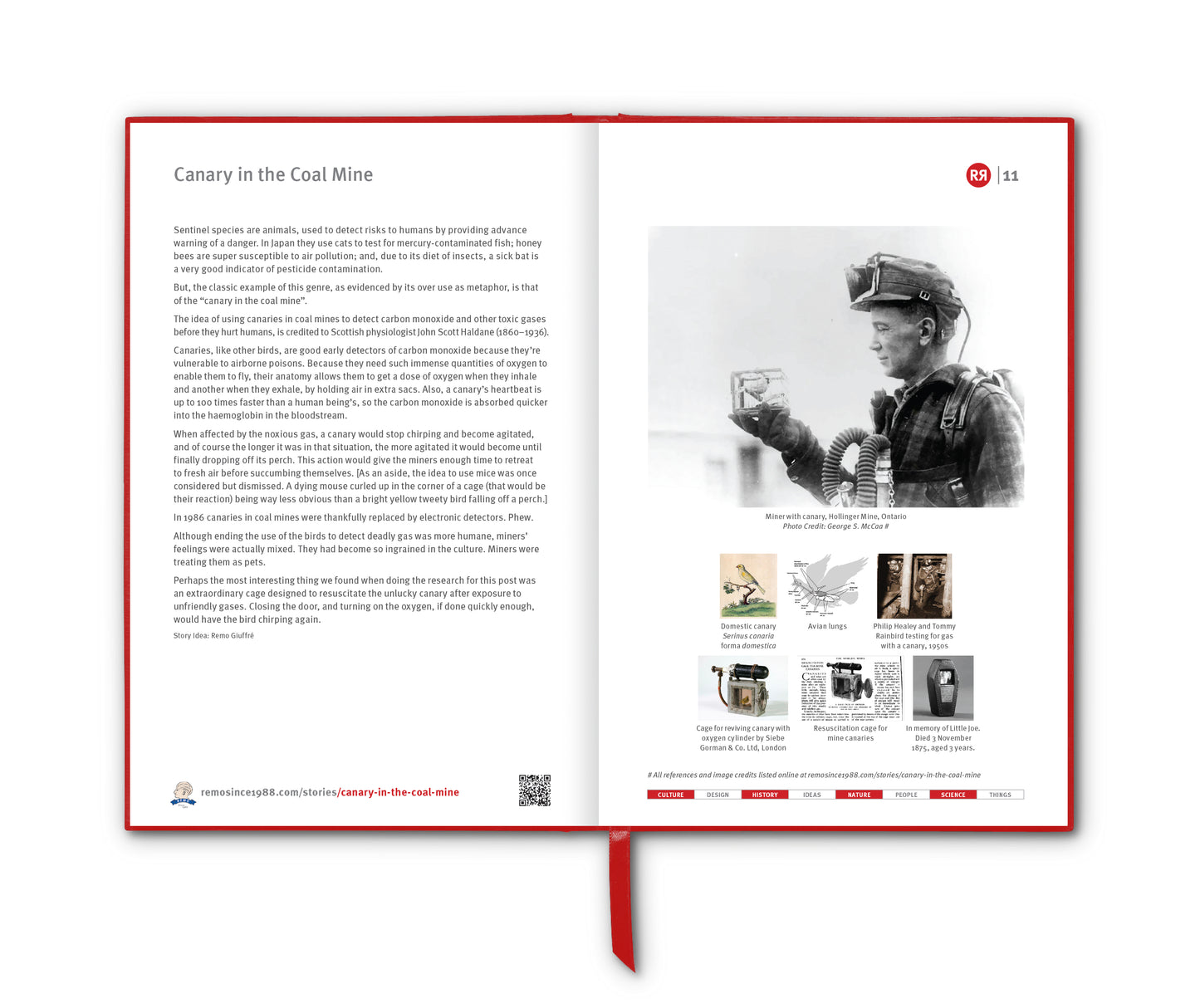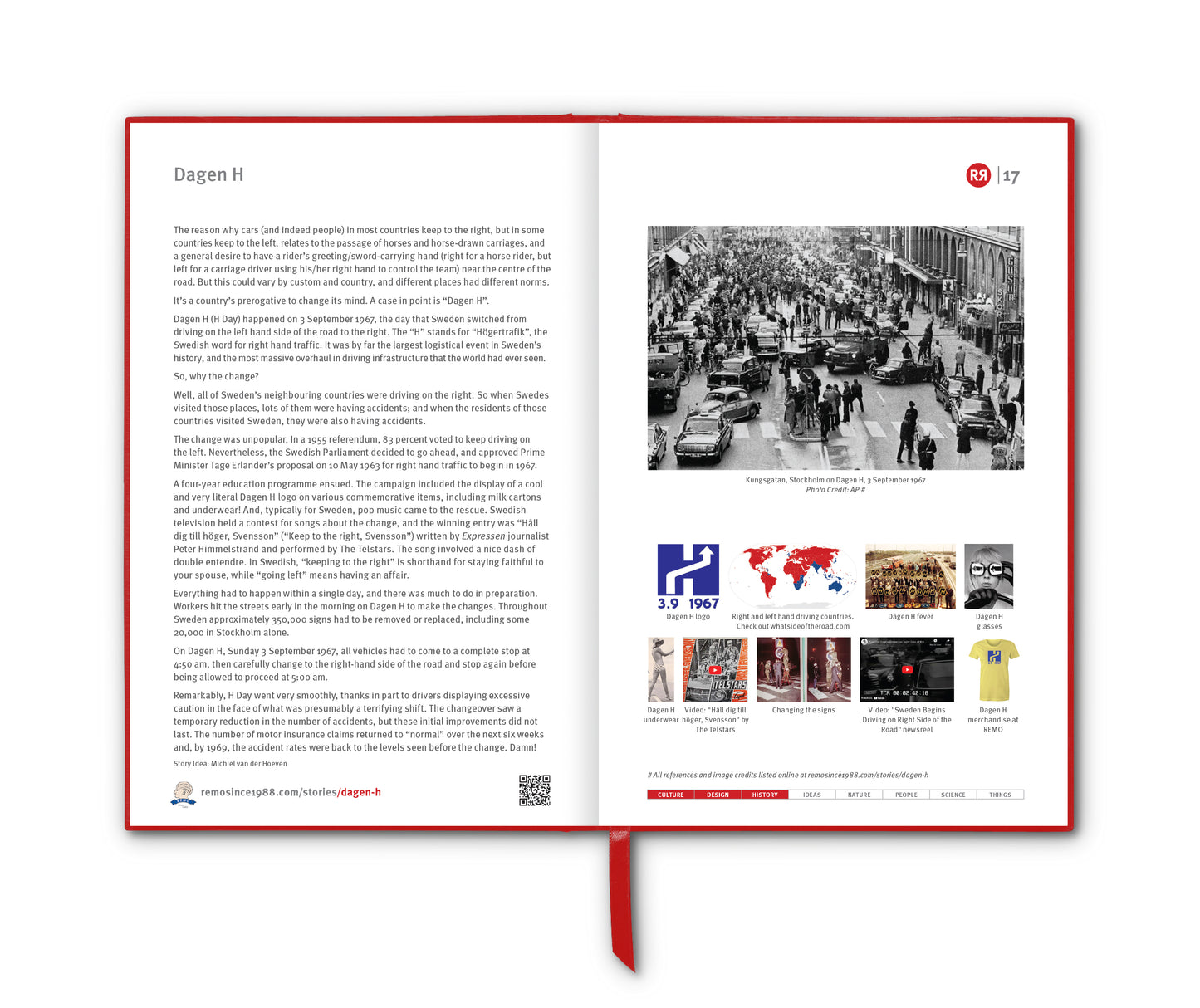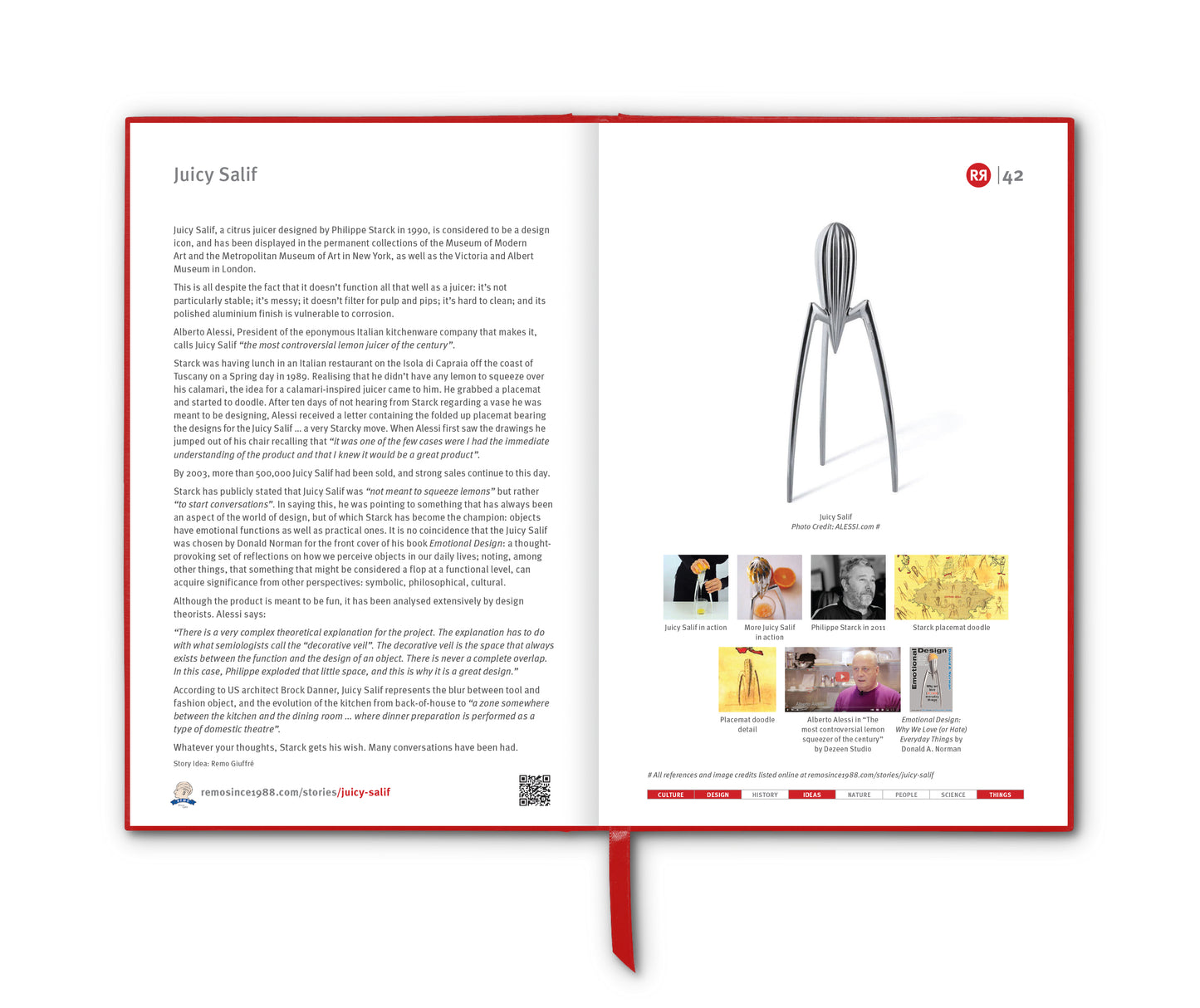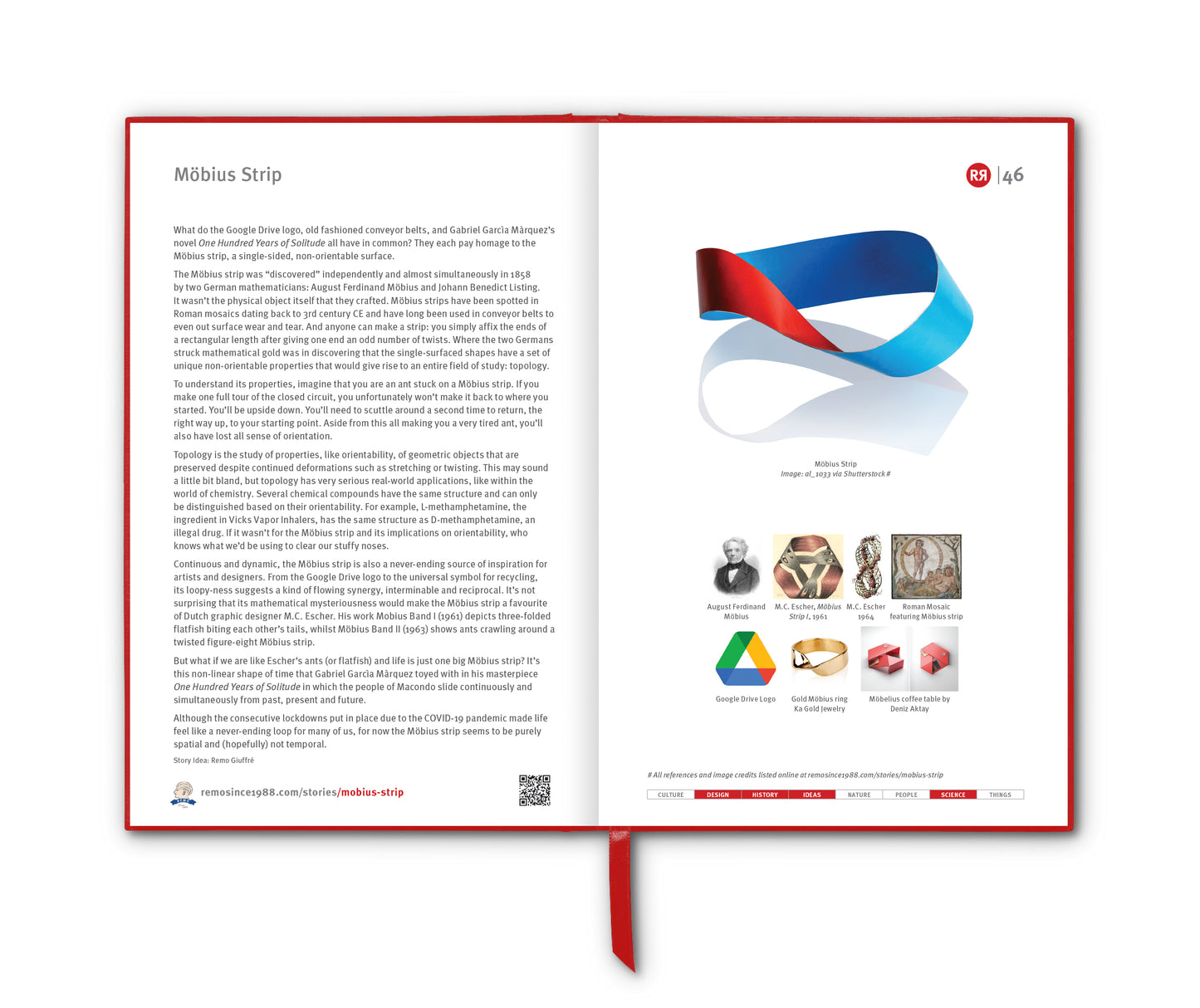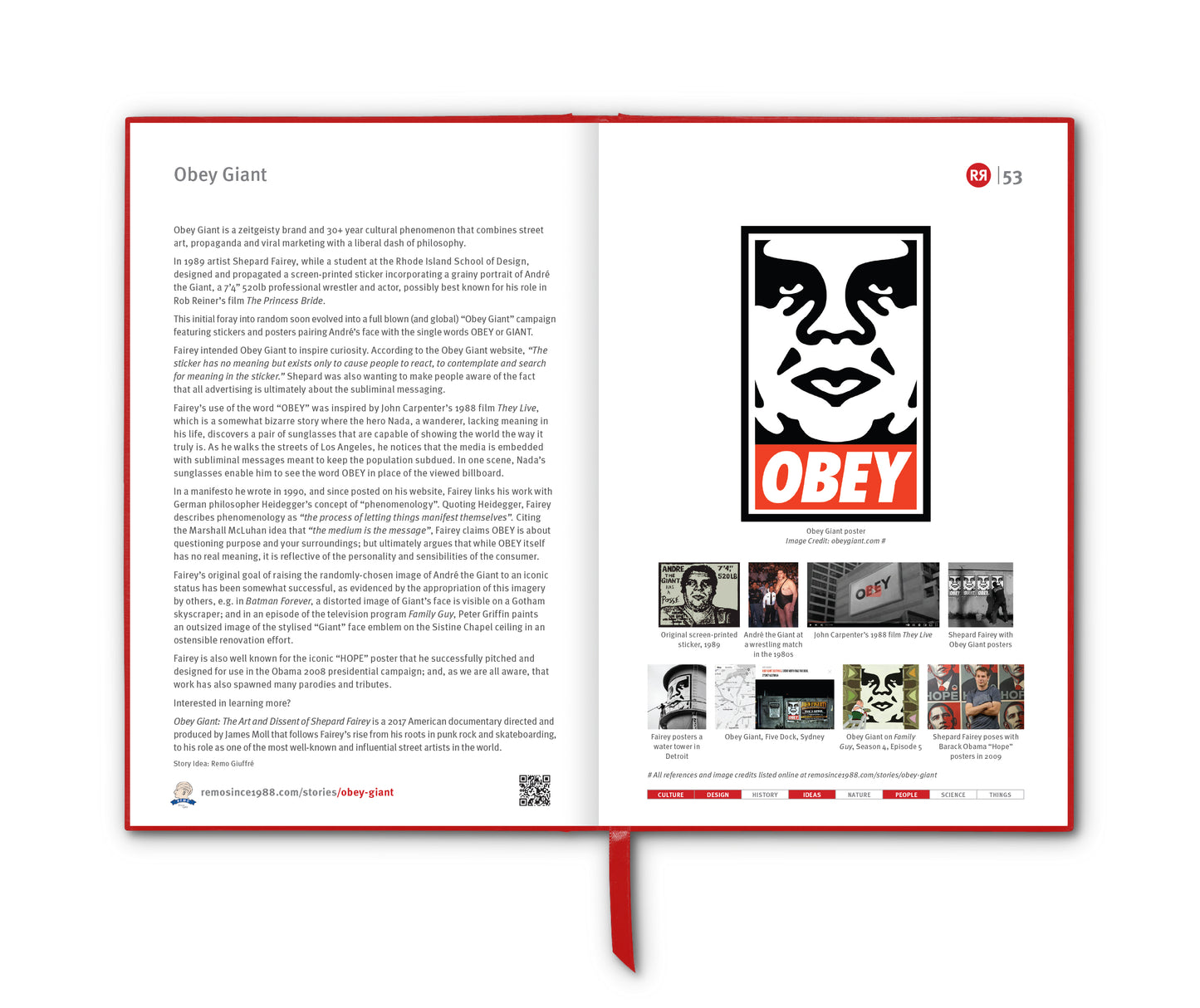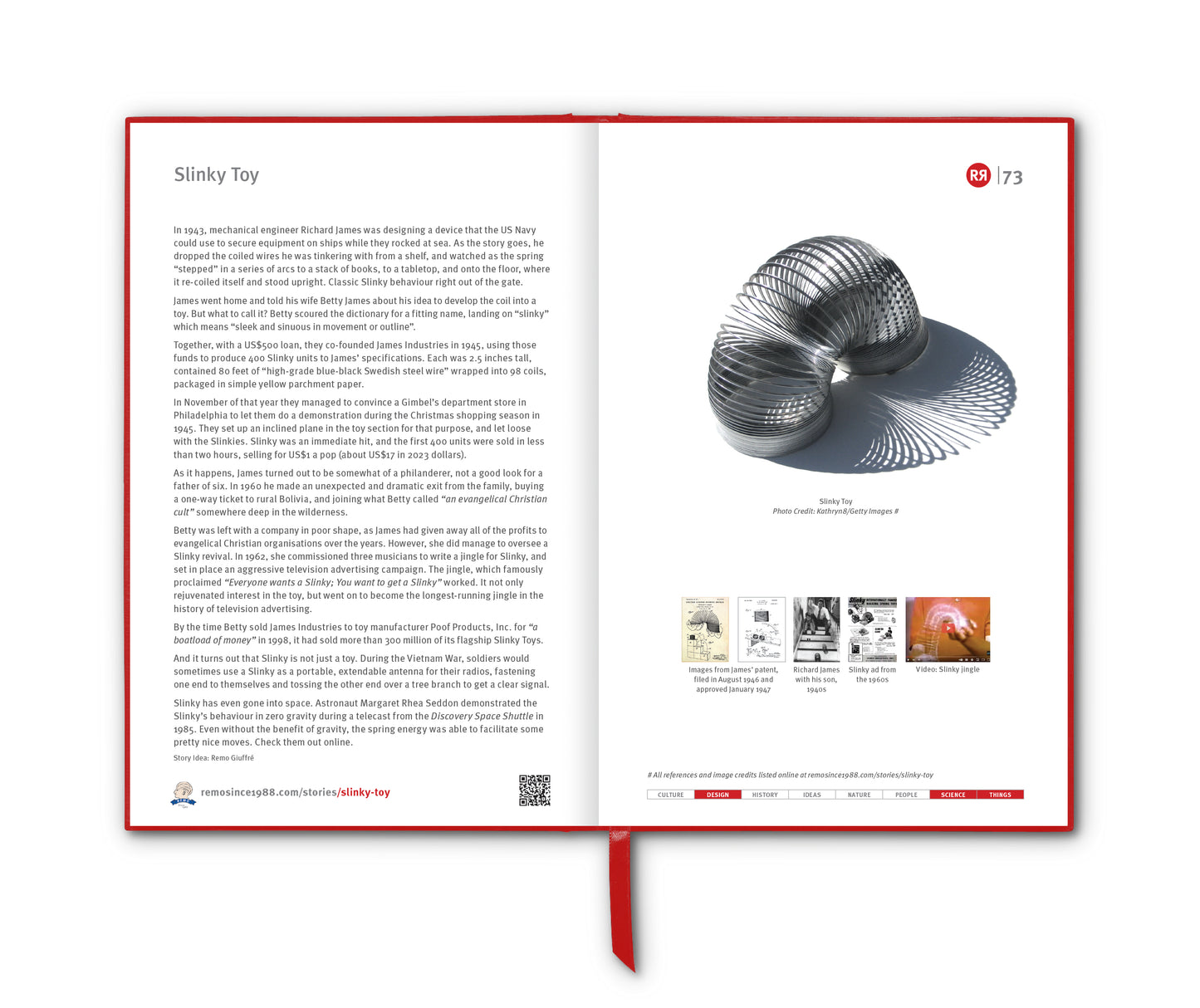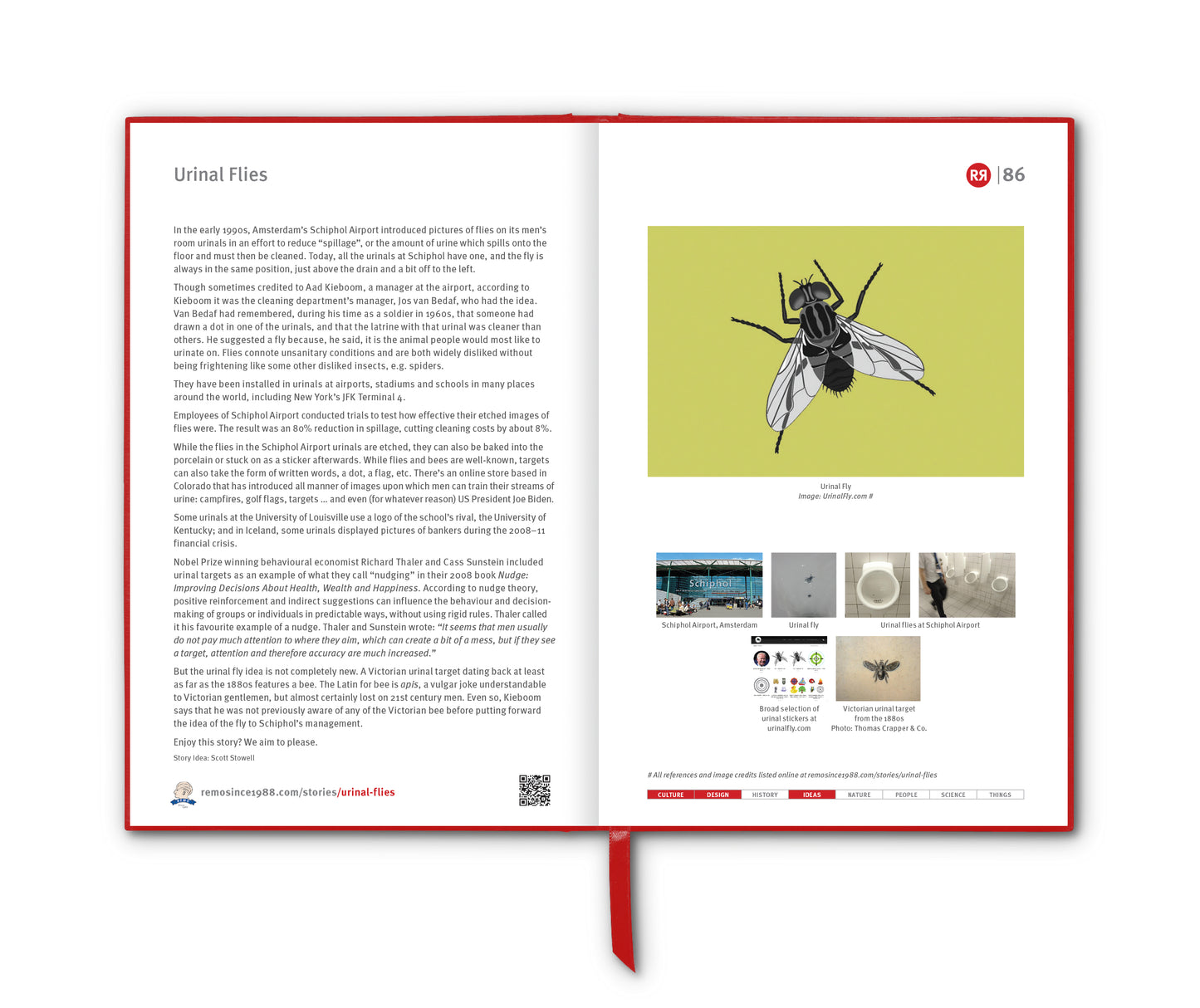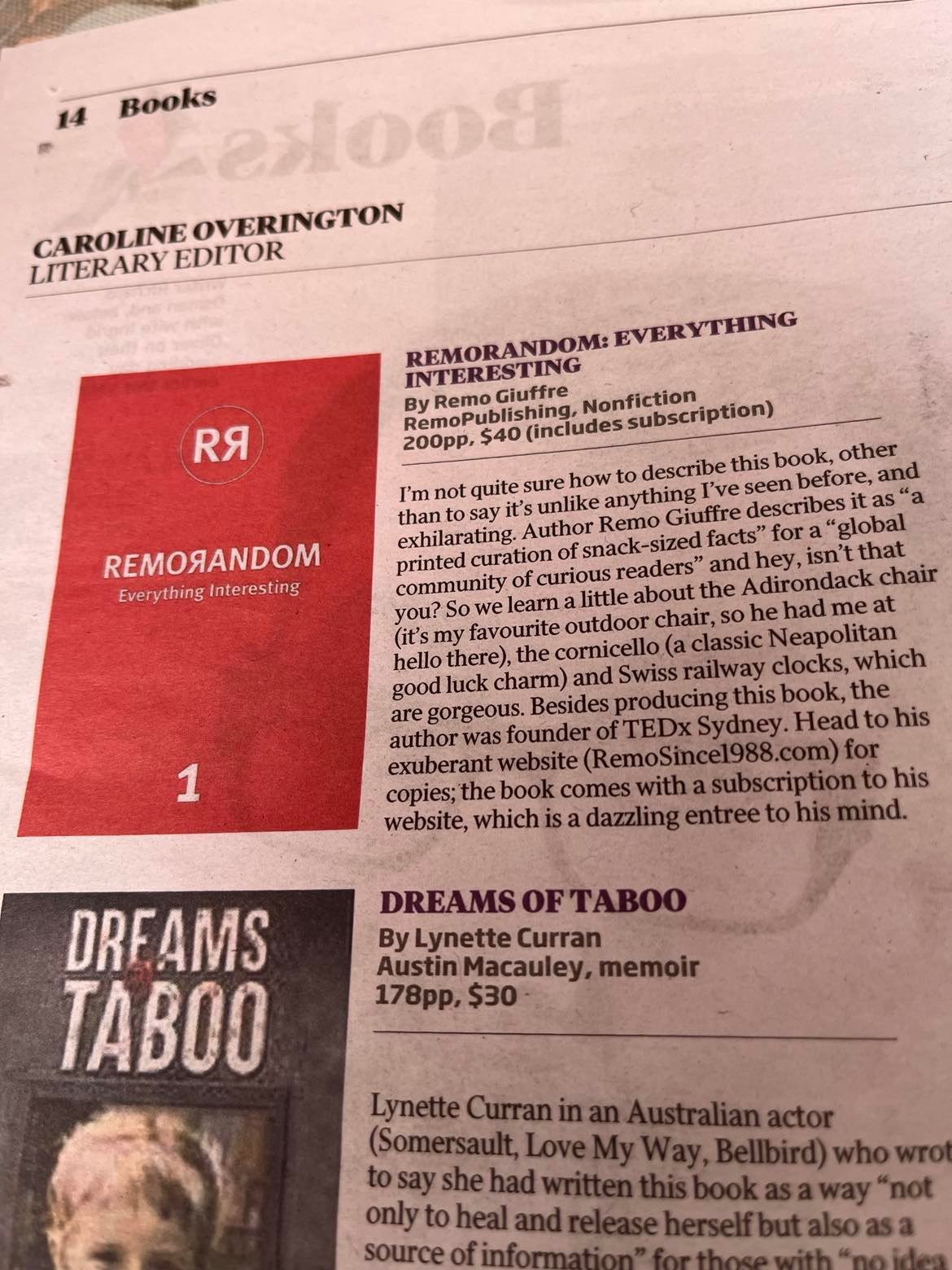.
Garlic (Allium sativum) is one of the oldest cultivated plants in human history, renowned for its culinary uses [Ed: Who doesn’t love that smell of the garlic mixed with the olive oil in the fry pan?], medicinal benefits and symbolic significance. It likely originated in Central Asia, around present-day Iran and Turkmenistan … more than 5,000 years ago.
In ancient Egypt, garlic was so highly valued that it was offered to the gods and used as payment to labourers building the pyramids. It was believed to boost strength and endurance. Garlic cloves were found in the tomb of Tutankhamun, signifying its importance in the afterlife. In classical Greece and Rome, garlic was consumed by athletes and soldiers for stamina and courage. The Chinese and Indian civilisations also integrated garlic into their traditional medicine systems, using it to support digestion, respiration and general vitality. During the Middle Ages in Europe, garlic was believed to ward off the plague and evil spirits — and eventually, this morphed into the famous folklore that garlic could repel vampires. To ward off vampires, garlic could be worn, hung in windows … or even rubbed on chimneys and into keyholes.
That “stinking rose” sure gets to cover a lot of bases.
Botanically, garlic belongs to the lily family and is closely related to onions, shallots, leeks, and chives. Its distinctive flavour and health benefits come primarily from a compound called allicin, which is released when garlic is chopped or crushed. Allicin is also responsible for its strong smell and antimicrobial properties. Before the discovery of penicillin, garlic was widely used as a natural antibiotic and antiseptic. It was even applied to wounds during World Wars I and II to prevent infection when medical supplies were scarce.
Because garlic’s sulphur compounds enter the bloodstream, garlic breath can linger no matter how much you brush your teeth. However, chewing fresh parsley, eating apples or drinking milk can help reduce its effects.
Nutritionally, garlic is a powerhouse. A single clove contains manganese, vitamin B6, vitamin C, selenium and fibre. Modern research supports its use in lowering blood pressure, reducing cholesterol, supporting the immune system and even possibly preventing certain cancers. It’s no exaggeration to call garlic a natural superfood. [Ed: Sort of]
Garlic’s reputation also extends into myth and ritual. In many cultures, it has been used for protection — hung in doorways or worn as an amulet to ward off evil spirits, bad luck or supernatural forces. In some traditions, it was even believed to attract love or enhance passion.
Garlic is a fundamental component in many or most dishes of various regions, including eastern Asia, South Asia, Southeast Asia, the Middle East, northern Africa, southern Europe, Eastern Europe and parts of Latin America.
Garlic is our friend. It has proven to be a plant and ingredient that transcends time and geography. It remains essential to global cuisines, and continues to be studied for its potent health effects. It gives Honey [RR4:37] a run for its money.
_______________________
References
Images
1. Garlic. Photo by Mockup Graphics on Unsplash
2. Garlic. Photo by Mufid Majnun on Unsplash
3. Garlic plant. Credit: The New York Public Library on Unsplash
4. Harvesting garlic, Tacuinum sanitatis, 15th century
5. Vampires don't like garlic. Credit: FriedC via Wikimedia Commons
6. Garlic crushed using an IKEA garlic press. Credit: Lee Kindness
7. Garlic for sale in a market in France. Photo credit: FrogsLegs71
8. Garlic Protection Necklace. Credit: CorneliousWhite via Etsy
9. Restaurateur Sean Moran and Remo with Sean's garlic garland, November 2018


















